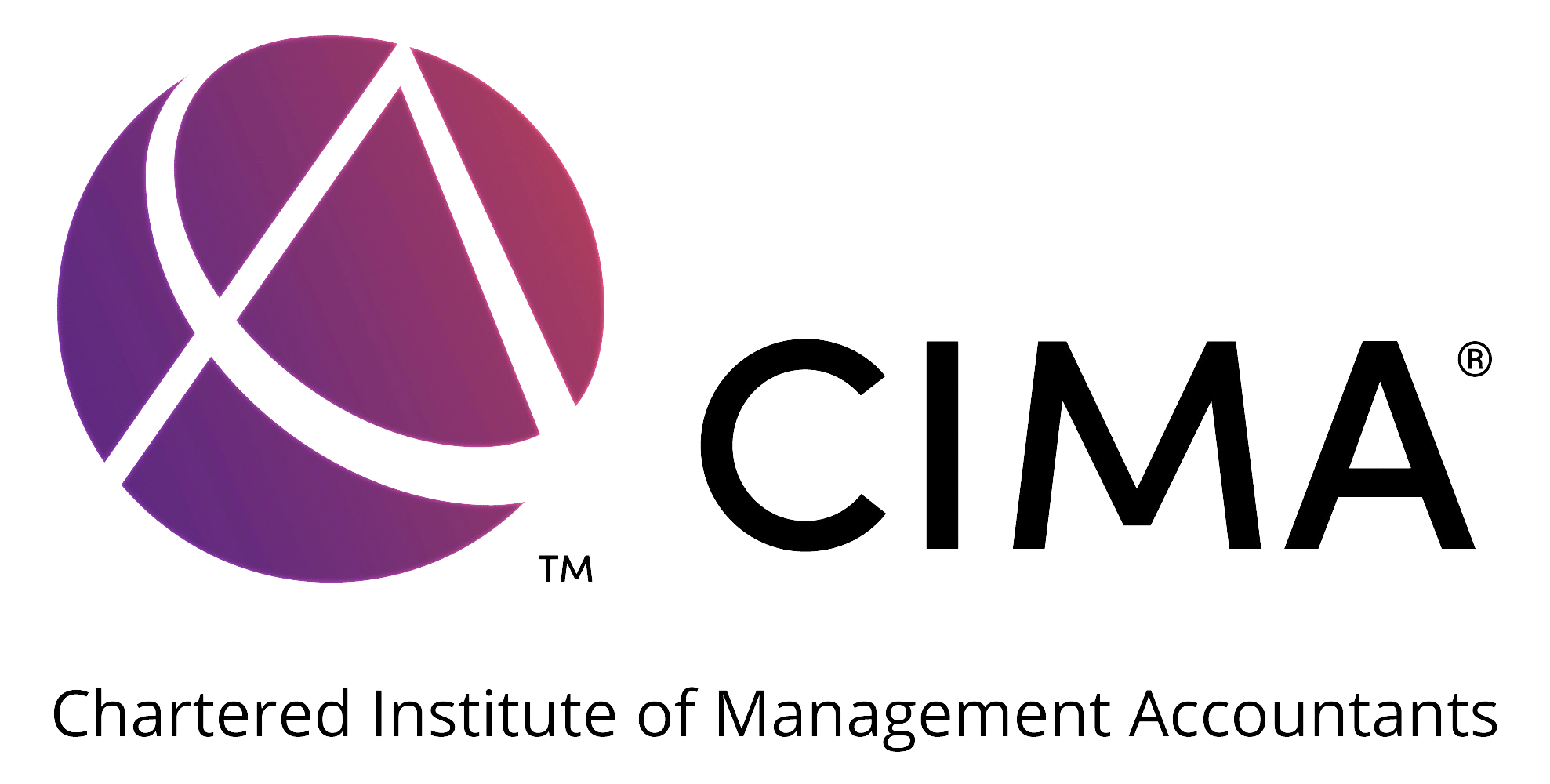
An Introduction to Pensions
Pensions are typically viewed as being complex and difficult to understand. As a result, people often delay starting one or ignore the issue altogether. In reality, though, the basics are relatively simple and taking time to understand them now could have a huge impact on your quality of retirement. Here, we’ll provide answers to questions our clients commonly ask and help guide you through the pensions maze.
What is a Pension?
A pension is simply a type of long-term savings plan designed to help you save money for later life. In essence, it allows you to regularly save some of your earnings during your working life in order to provide an income when you decide to retire or work fewer hours. The money contributed to your pension is usually invested, along with other pension savers’ cash, in some form of investment product. Pension contributions also benefit from particularly favourable tax treatment, which makes them an extremely appealing investment proposition.
What Types of Pensions are There?
There are three major pension routes and most people fund their retirement through a combination of one, two or all three of these types.
Workplace Pensions: These are arranged for you by your employer and are sometimes called ‘company pensions’ or ‘occupational pension schemes’. They work by you automatically paying a percentage of your salary into the scheme every payday. In most cases, the amount you pay is then topped up by a contribution from your employer, as well as tax relief from the government. The phased introduction of automatic enrolment since 2012 has now resulted in companies enrolling the vast majority of their staff into a workplace pension.
Personal Pensions: You arrange these yourself and they are sometimes called ‘defined contribution’ or ‘money purchase’ pensions. Basically, you pay a portion of your earnings into your pension pot which, along with tax relief, is then placed by your pension provider into a range of investments, such as shares or bonds. The amount you ultimately receive in retirement will depend upon: how much you pay into your pot; the performance of your investment fund; the administration fees charged by your provider, and how you ultimately take your cash.
The State Pension: This is a weekly payment from government for people who reach State Pension age. Entitlement is built up by either paying or being credited with National Insurance contributions (NICs) during your working life. To qualify for the new full State Pension you need a 35-year NICs record.
What Tax Relief Do I Get on My Pension Contributions?
Whatever type of pension plan you hold, you get tax relief at the highest rate of Income Tax you pay on all contributions you make, subject to annual and lifetime allowances. This effectively means that some of your earnings which would have gone to the government as tax are diverted to boost your pension pot instead.
You receive ‘relief at source’ if you pay money into your personal pension yourself or if your workplace pension contributions are taken directly from your pay packet. In both circumstances, you automatically receive 20% tax back from government in the form of an additional deposit into your pension pot. So, for instance, if you’re a basic-rate taxpayer investing £800 of your take-home pay into your pension, the tax relief would amount to £200; effectively the taxman tops up your £800 contribution to £1,000.
Is There a Limit on How Much I Can Pay into a Pension Scheme?
You can contribute as much as you like into your pension, but there is a limit on the amount of tax relief you will receive each year. The Annual Allowance is currently £60,000, or 100% of your earnings, whichever is lower. You can, however, carry forward unused allowances from the past three years, provided you were a pension scheme member during those years.
For the 2023/24 tax year the Threshold Adjusted Income limit is £200,000 and the Adjusted Income Limit is £260,000. If your income plus pension contributions exceeds the Adjusted Income Limit, your Annual Allowance is reduced by £1 for every £2 you are over the Adjusted Income Limit.
A Lifetime Allowance also places a limit on the amount you can hold across all your pension funds without having to pay extra tax when you withdraw money. The limit is currently £1,073,100 but the charge has been removed from April 2023 and the Lifetime Allowance will be removed from 6 April 2024.
When Can I Access My Pension?
The pension freedoms introduced in 2015 allow you to access your pension once you turn 55 (57 from 2028); from that point you’re free to take as much or as little as you like from your pension pot, whenever you like. While this has certainly introduced greater flexibility, it has also heightened the necessity to carefully consider your options. It’s therefore imperative to seek professional financial advice before accessing your pension to minimise potential tax implications and maximise the benefit you ultimately receive from your pension funds.
Retirement planning is never a case of ‘one size fits all’; so it’s vital you obtain sound financial advice tailored to your individual needs.





